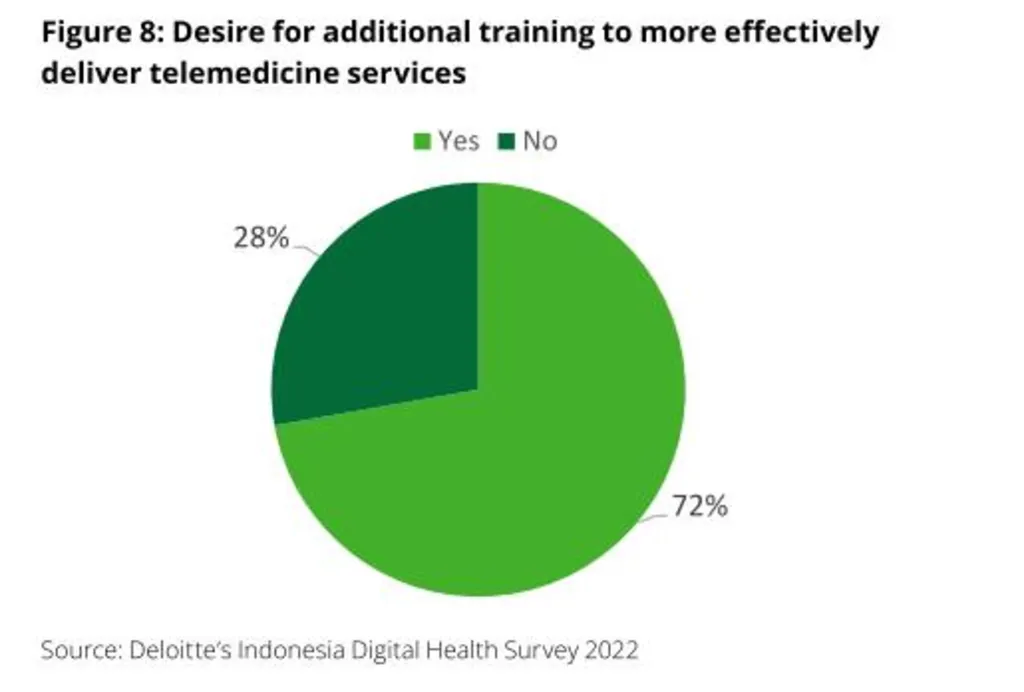With the dawn of technology, telemedicine in Indonesia is growing fast. Interestingly, the growth has just getting started. Valued at USD 10.11 billion in 2022, the Indonesia telemedicine market is projected to hit USD 12.45 billion by 2029, fueled by increased internet access, smartphone use, and digital health awareness.
This shift reflects more than just new technology. It signals a change in how millions of Indonesians access care. With over 30 million monthly users and a network of more than 40,000 doctors across digital platforms, telemedicine is now a mainstream healthcare channel in the country.
Meeting a Critical Need with Indonesia Telemedicine Market
Indonesia faces a deep doctor shortage. The country has only 2.1 doctors per 10,000 people, far below the World Health Organization's recommended ratio of 1:600. For many Indonesians, especially in remote areas, access to doctors has long been limited.
That’s where telemedicine is making a real impact. By offering virtual consultations, remote diagnostics, and prescription services, these platforms are helping to bridge the healthcare gap—fast and at scale.

The online doctor consultation segment alone is expected to generate USD 142.39 million by 2025, showing how quickly users are turning to digital solutions for everyday healthcare needs.
A Supportive Ecosystem for Growth
The broader digital health market in Indonesia is expected to generate USD 2.64 billion in revenue by 2025, showing the scale of opportunity beyond telemedicine alone.
Government support is also strong. The BPJS public health insurance program, which covers roughly 220 million people, presents a massive base for integration with digital health platforms. As public and private players partner to bring care to underserved populations, virtual health is becoming a national priority.
Read Also: Hope and Tech in Indonesia Smart City Developments
Telemedicine’s Impact Beyond Cities
While urban centers like Jakarta and Surabaya drive initial adoption, telemedicine is proving transformative for Indonesia’s rural populations, where 60% of the country’s 270 million people reside. Platforms like Halodoc and Alodokter now offer local-language consultations and partnerships with community health centers (Puskesmas) to extend their reach.
Future Trends: Faster, Smarter, and a More Accessible Indonesia Telemedicine Market
The telehealth services market is forecast to reach around IDR 11.3 trillion (USD 750 million) in 2025 and grow at a CAGR of 14–18% through 2030. Long-term forecasts for Indonesia’s connected healthcare market, which includes telemedicine, project a CAGR of 28.18% from 2019 to 2033.
That level of growth is driven by real change—smarter platforms, better infrastructure, and user demand. Many services are powered by AI, remote monitoring, and cloud-based tools, making care faster, safer, and more personalized.
Startups and healthcare giants alike are now working with insurers, hospitals, and pharmacies to expand access and improve outcomes. As chronic disease cases rise and digital fluency spreads, the need for hybrid care models—mixing virtual and in-person services—will only grow stronger.
Read Also: Indonesia Healthcare: Unlocking Market Dynamics and Opportunities
Indonesia Telemedicine Market: A Health Revolution in Motion
The Indonesia telemedicine market is more than a tech trend. It’s a lifeline for millions and a path toward smarter, more inclusive healthcare. With strong user adoption, clear policy support, and rising investment, the sector is set to play a critical role in the nation’s health system. Indonesia isn’t just catching up—it’s redefining healthcare for the digital age.







